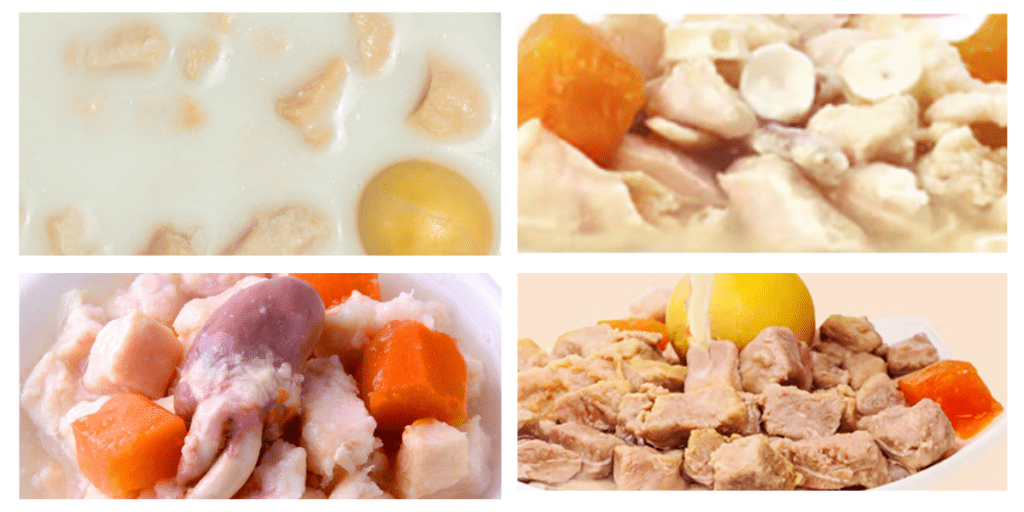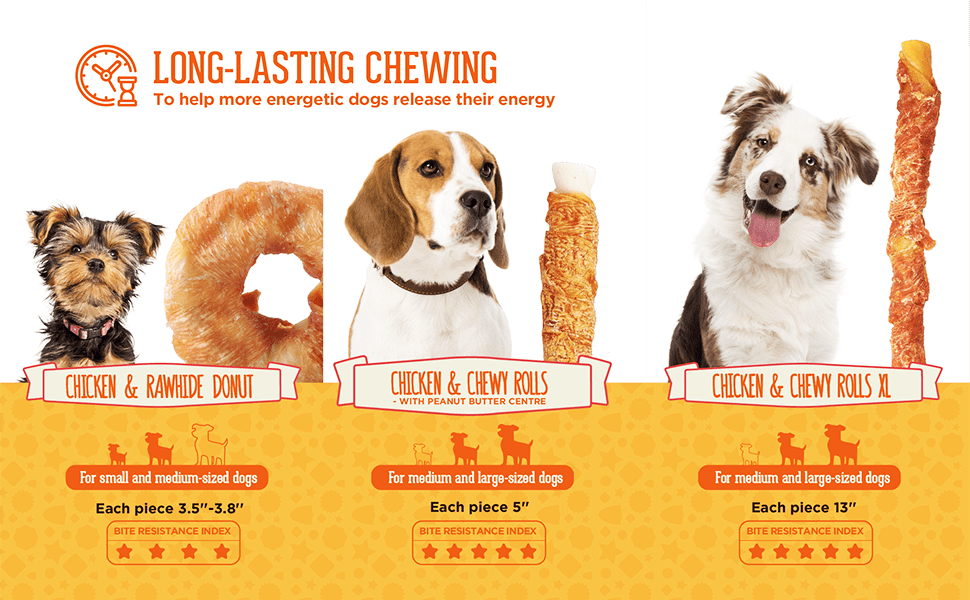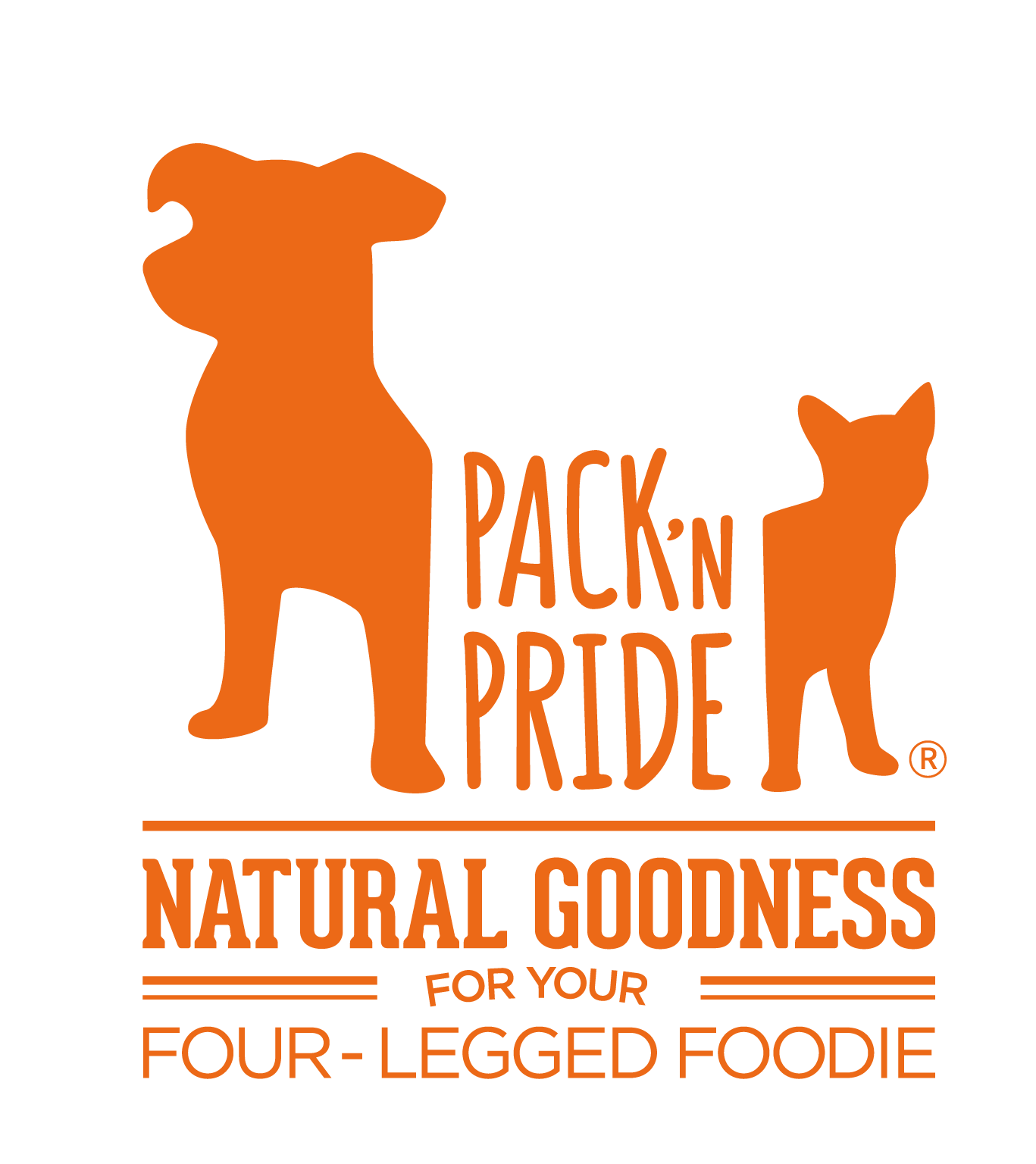Meta Description :
Explore the 2025 gourmet dog treats landscape and discover how wholesalers can thrive in the premium market—unique proteins, artisanal packaging, and justified pricing strategies for higher profits.
Introduction: A Gourmet Revolution in Dog Treats
The world of dog treats is undergoing a gourmet revolution. Pet owners are no longer satisfied with the same generic biscuits found at every store. Instead, they’re seeking premium options featuring unique proteins, superior nutrition, and artisanal packaging that echoes human-grade culinary trends. Wholesalers who understand and embrace this shift can secure a profitable niche in a rapidly evolving market. This blog takes a deep dive into how and why gourmet dog treats are on the rise in 2025, and what strategies wholesalers can use to stay ahead of the curve.

As the industry continues to grow, the concept of “premiumization” in pet food—especially dog treats—has never been more relevant. From craft-inspired packaging to ethical sourcing, the demand for high-quality and often higher-priced products presents both a challenge and a lucrative opportunity. Here, we’ll explore emerging trends, real-time market data, and practical tips for wholesalers looking to carve out a share of this thriving sector.
The Growing Market for Premium Dog Treats: Real-Time Data
To appreciate why there’s such a buzz around gourmet dog treats, let’s look at some current market data:
- Rising Pet Spending
- According to a 2025 market analysis by Pet Food Industry, the global pet treat market is projected to grow by over 8% this year alone, driven by owners’ increasing willingness to purchase premium treats.

- Premiumization Trend
- A 2025 consumer survey from American Pet Products Association (APPA) suggests that 62% of pet owners now prefer to buy dog treats labeled as “premium” or “gourmet,” up from 48% in 2020.
- Health-Focused Demand
- Data from Euromonitor confirms that treats formulated with novel proteins (e.g., venison, duck, bison) or marketed as “all-natural” have seen an uptick in sales exceeding 20% in the last calendar year.
These numbers reveal a clear takeaway: there’s real market demand for premium dog treats. Consumers are more informed, more discerning, and more passionate about providing top-tier nutrition and taste experiences for their pets.

Evolving Consumer Expectations: Why Gourmet Matters
1. Humanization of Pets
Pet parents increasingly treat their dogs like family. Terms like “pet parents” or “fur babies” have replaced traditional terminology like “owner” or “pet.” This shift in mindset means they are more likely to splurge on higher-end, gourmet products if they believe it delivers improved health, taste, or overall well-being.
2. Focus on Wellness and Nutrition
As the lines between “treat” and “functional snack” blur, many dog treats now come fortified with vitamins, minerals, and probiotics. Wholesalers aiming to enter the premium space need to be aware that consumers will scrutinize ingredient labels. A treat that’s both flavorful and beneficial for canine health becomes an easy sell at a higher price point.

3. Storytelling and Provenance
Today’s dog owners want the story behind their dog’s favorite snack. Where was the protein sourced? Is the packaging eco-friendly? Was it produced ethically? Providing verifiable answers to these questions creates perceived value, justifying premium pricing.
4. Specialized Dietary Needs
Allergies, sensitivities, and specialized diets are increasingly common among dogs. As a result, grain-free, single-ingredient, hypoallergenic, or novel protein treats are among the fastest-growing segments. Offering these specialized products helps wholesalers stand out in a crowded market.
Unique Proteins: A Gateway to Gourmet
One of the core aspects of the gourmet treat trend is the use of unique or exotic proteins. Gone are the days when chicken and beef were the only choices on the shelf. Today’s dog treat connoisseurs might delight in:

- Duck: Valued for its strong flavor and hypoallergenic properties.
- Venison: Lean and gamey, often appealing to dogs with sensitive stomachs.
- Rabbit: Another hypoallergenic protein, well-regarded for its lean profile.
- Kangaroo: A novel option in certain markets, prized for its lean composition.
- Salmon: Loved for its omega-3 fatty acids and distinctive taste.
From a wholesaler’s perspective, these exotic proteins require more careful sourcing but can yield larger profit margins. By curating a line of novel-protein treats, retailers can position themselves as premium suppliers for discerning customers, thus commanding higher prices.
Artisanal Packaging: When First Impressions Count
Packaging might seem like an afterthought compared to flavor and nutrition, but to the modern consumer, it’s part of the overall brand experience. Eye-catching packaging communicates quality and elevates the product to a gift-like status.

- Minimalist Design
- Clean labels with earthy color palettes often resonate with consumers who value transparency and eco-friendliness.
- Sustainable Materials
- Using biodegradable or recyclable packaging conveys a commitment to environmental responsibility—a huge selling point in today’s market.
- Artisanal Aesthetics
- Hand-drawn illustrations, metallic foils, or watercolors can help evoke a small-batch or artisanal feel.
- Resealable Features
- Premium dog treats often come in well-engineered, resealable pouches to maintain freshness and convenience.
By opting for premium packaging, wholesalers provide retailers with a product that sells itself on the shelf. A higher-end look not only grabs attention but also justifies a higher price point by suggesting quality from the outset.

Justifying Higher Price Points: What Retailers Need to Know
Even with a top-tier product, retailers might face questions from buyers used to cheaper options. Here are effective strategies for retailers, and by extension wholesalers, to justify premium prices:
- Highlight Quality Ingredients
- Provide detailed information about the protein sources, nutritional benefits, and ethical farming practices.
- Leverage Testimonials and Reviews
- Collect and share genuine success stories or customer feedback that underscores the treat’s quality, flavor, or health benefits.
- Emphasize Health Benefits
- If a treat supports healthy joints, digestive health, or improved coat shine, make those benefits clear.
- Create Brand Ambassadors
- Some boutique retailers encourage sampling programs or loyalty clubs to familiarize customers with the products. Word-of-mouth can be a potent marketing tool.

How Wholesalers Can Tap into the Gourmet Movement
Wholesale businesses stand at a pivotal point in the supply chain. By proactively adapting to gourmet trends, they can become preferred vendors for retailers wanting to elevate their product lines. Consider these strategies:
- Build Strong Supplier Relationships
- Work with farms or fisheries committed to ethical and sustainable practices. Strong supplier ties can ensure a consistent and reliable inventory of premium proteins.
- Offer Product Variety
- From freeze-dried treats to exotic jerkies, a broad portfolio can cater to multiple retail segments—especially if you also stock popular cat options under “wholesale cat treats.”
- Provide Educational Material
- Supply retailers with brochures, infographics, and training sessions. This empowers store staff to answer consumer questions confidently, reinforcing the perceived value of premium treats.
- Foster Transparency
- Wholesalers who openly share details on sourcing, manufacturing processes, and nutritional profiles build trust. Retailers can pass this transparency on to end consumers.

- Flexible Packaging Solutions
- Consider offering multiple pack sizes or custom packaging options. Retailers with diverse customer bases appreciate flexibility to cater to varying budgets and needs.
Wholesale Pet Treats Beyond Dogs: Opportunities to Cross-Sell
While “wholesale dog treats” is the central focus here, it’s worth noting that the premium trend also extends to cat treats and other pet snacks. If your wholesale business already stocks “wholesale cat treats,” consider creating a cohesive, gourmet-inspired catalog that crosses species lines. Some cat owners might appreciate unique proteins too (like fish-based or freeze-dried options). By broadening your product line, you can become a one-stop shop for retailers looking to capitalize on the premium pet treat market as a whole.
Potential Challenges and How to Overcome Them
1. High Ingredient Costs
Sourcing exotic or high-quality proteins can be expensive. Combat this challenge by forming stable partnerships with farms or regional suppliers who can offer predictable pricing in exchange for long-term contracts.

2. Managing Perishability
Many premium treats have limited shelf lives, especially if they contain fresh or freeze-dried ingredients. Invest in robust supply chain management to minimize waste and maintain product quality.
3. Regulatory Compliance
The more unique your ingredients, the stricter the regulations might be in different regions. Staying ahead of local and international guidelines will help you avoid costly legal hurdles.
4. Consumer Price Sensitivity
While there’s a market for gourmet dog treats, not every consumer is ready to spend extra on their pet. Mitigate this by highlighting the product’s unique selling points, offering sample sizes, or bundling premium treats with staple items to introduce new shoppers to the category.

Real-World Examples: Gourmet Dog Treat Brands Leading the Way
1. Bocce’s Bakery
Known for its simple, fresh ingredients, Bocce’s Bakery uses playful packaging and home-kitchen recipes that resonate with pet owners who love the small-batch vibe.
2. Lord Jameson
An organic dog treat brand that focuses on eye-catching designs and superfood ingredients like coconut and turmeric. Their philanthropic efforts also give them a socially conscious edge.
3. The Honest Kitchen
While more famous for its dehydrated dog food, The Honest Kitchen also offers high-end treats made from human-grade ingredients, emphasizing transparency and nutrition.
(These examples illustrate different approaches to gourmet branding and can serve as inspiration for wholesalers looking to diversify their offerings.)


Crafting Your 2025 Gourmet Dog Treat Strategy
To succeed in the premium dog treat segment, wholesalers should adopt a holistic approach. Here’s a step-by-step outline to guide your strategy:
- Market Research:
- Pinpoint emerging proteins, flavor combinations, and packaging innovations.
- Supplier Vetting:
- Look for farms and processors with certifications and proven ethical practices.
- Portfolio Development:
- Offer a mix of freeze-dried, baked, and dehydrated treats to cater to various consumer preferences.
- Retailer Partnerships:
- Collaborate closely with your retail network, providing marketing materials and product training.
- Ongoing Innovation:
- Keep an eye on trends like insect-based proteins or functional health treats. Being an early adopter can set you apart.


Embracing Freeze-Dried Innovations
Among all premium dog treat categories, freeze-dried varieties stand out for their concentrated flavor and preserved nutritional value. Freeze-drying removes moisture while retaining essential nutrients, resulting in treats that are flavorful yet shelf-stable. Because of these benefits, “wholesale freeze-dried dog treats” have surged in popularity. These treats:
- Appeal to pet owners looking for minimally processed options.
- Tend to have a more intense flavor, satisfying even picky eaters.
- Have a longer shelf life compared to fresh or raw treats, reducing waste.
By integrating freeze-dried offerings into your gourmet lineup, wholesalers can attract a broader customer base and justify premium pricing—win-win for both you and your retail partners.


Spotlight on Pack’n Pride: Your Gourmet Pet Treat Source
If you’re a wholesaler looking for a reliable partner that understands the gourmet trend, consider exploring our offerings at Pack’n Pride. As a pet treats manufacturer with a focus on high-quality ingredients, we stay ahead of industry developments—giving your retail clients the kind of distinctive, premium products that fly off shelves. We also specialize in various forms of treats, from freeze-dried proteins to baked biscuits, ensuring we can meet diverse consumer demands.
Final Thoughts: A Gourmet Future Awaits
The gourmet wave in the pet treat industry shows no signs of receding. By staying on top of market data, investing in unique protein sources, and adopting artisanal packaging, wholesalers can carve out a profitable niche that caters to discerning pet parents. The quest for premium dog treats is more than just a passing fad—it’s a reflection of a deeper cultural shift in how we view and care for our canine companions.
Wholesalers who embrace this change will find themselves well-positioned to serve an evolving market. And retailers, armed with the right knowledge and products, can confidently stock gourmet dog treats that justify higher price tags—leaving both pets and their devoted humans delighted.



References and Further Reading
- Pet Food Industry – Trends and market analysis
- American Pet Products Association (APPA) – Consumer survey data
- Euromonitor – Premium dog treat segment growth
- Pack’n Pride – Explore premium pet treats manufacturing
Ready to explore the gourmet dog treat revolution? Visit Pack’n Pride to discover how premium, ethically sourced, and flavor-packed treats can elevate your wholesale business in 2025 and beyond. By aligning with shifting consumer values, you stand to gain loyal retail partners and satisfied, tail-wagging customers for years to come.

